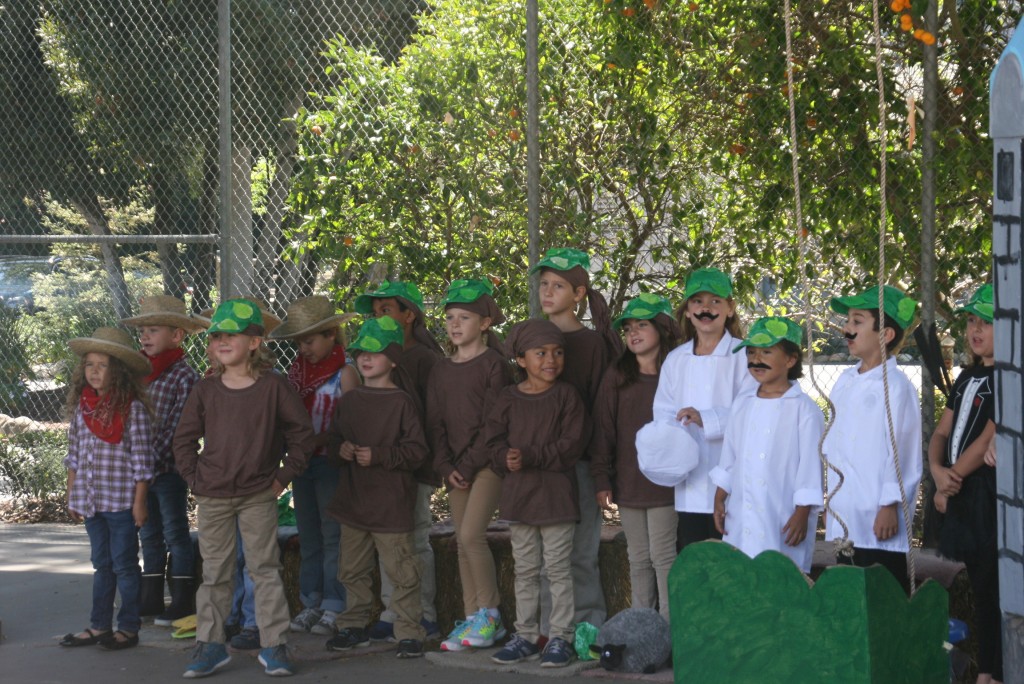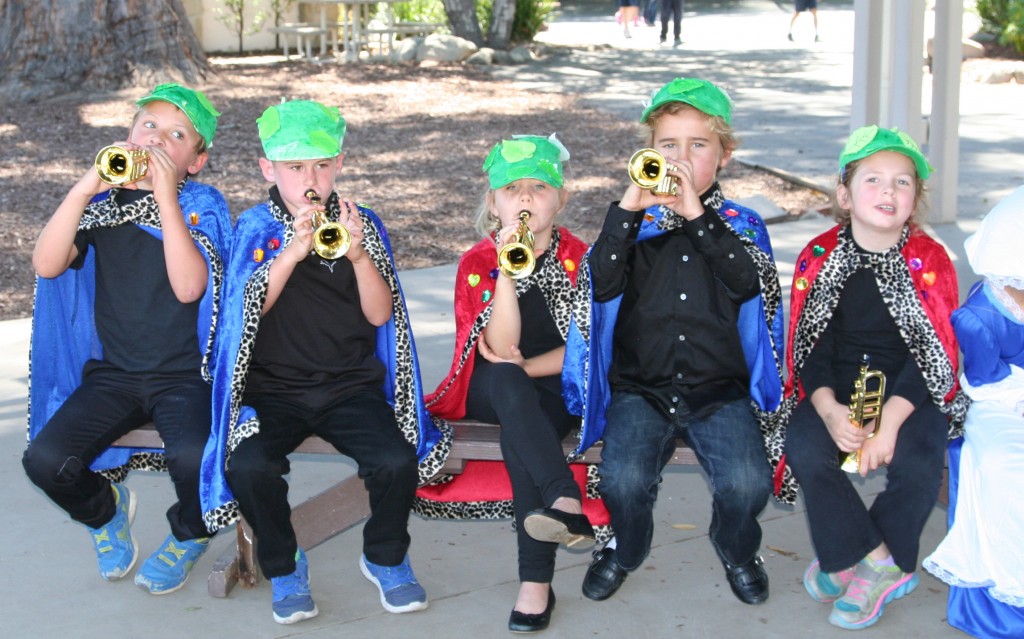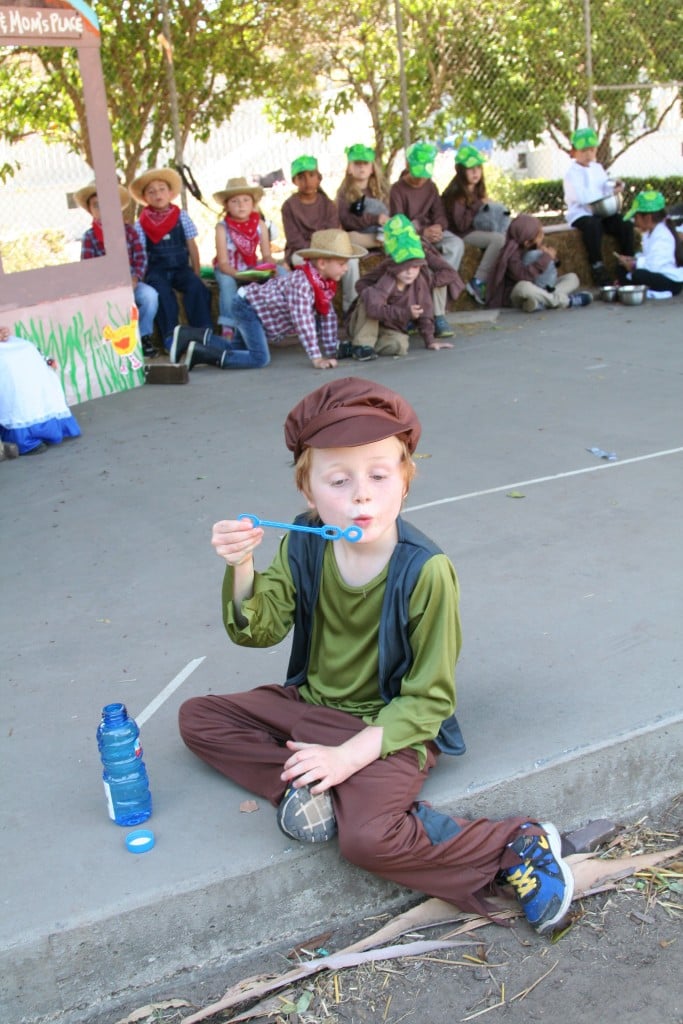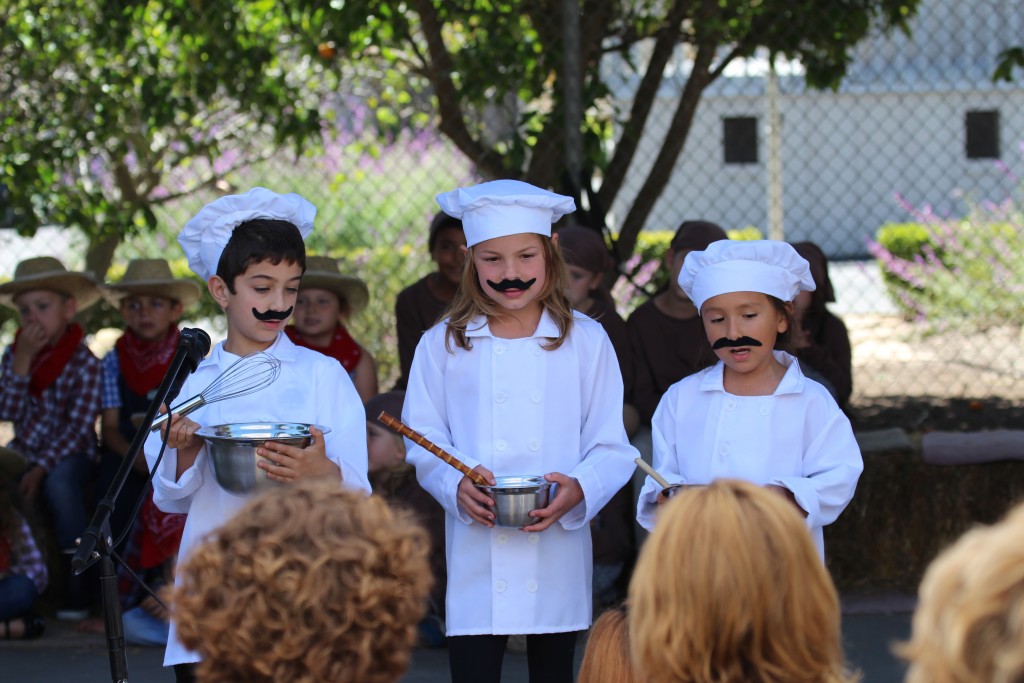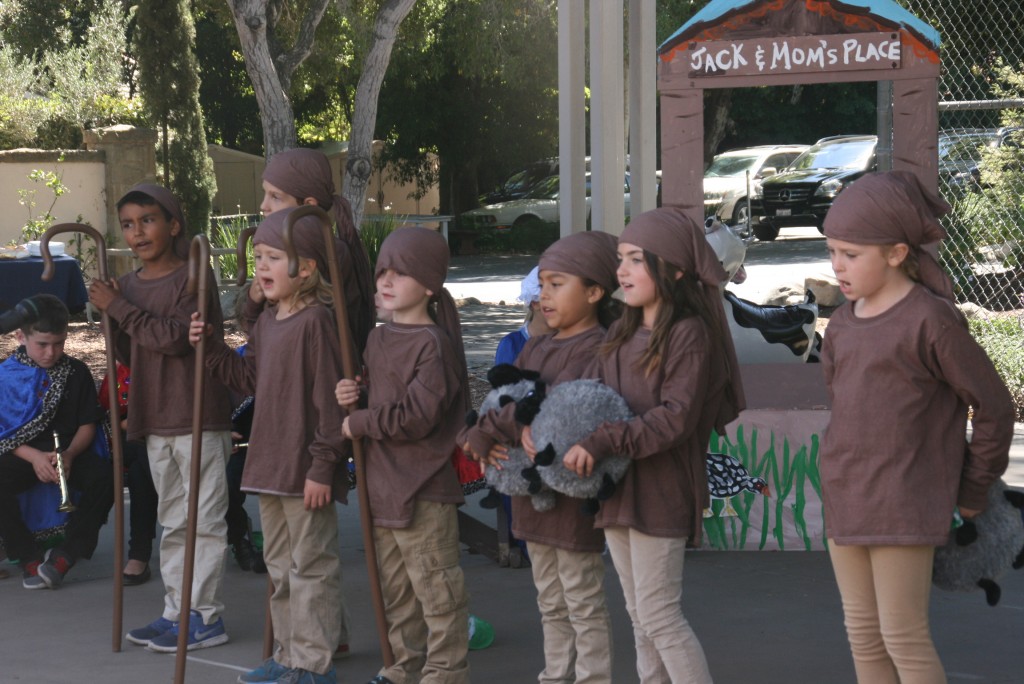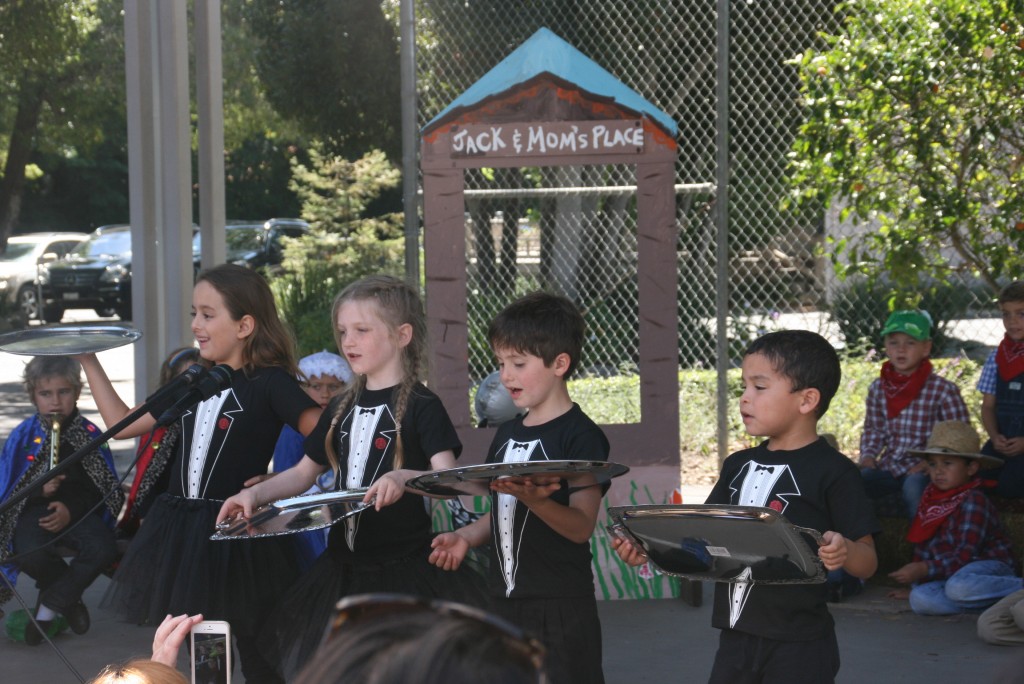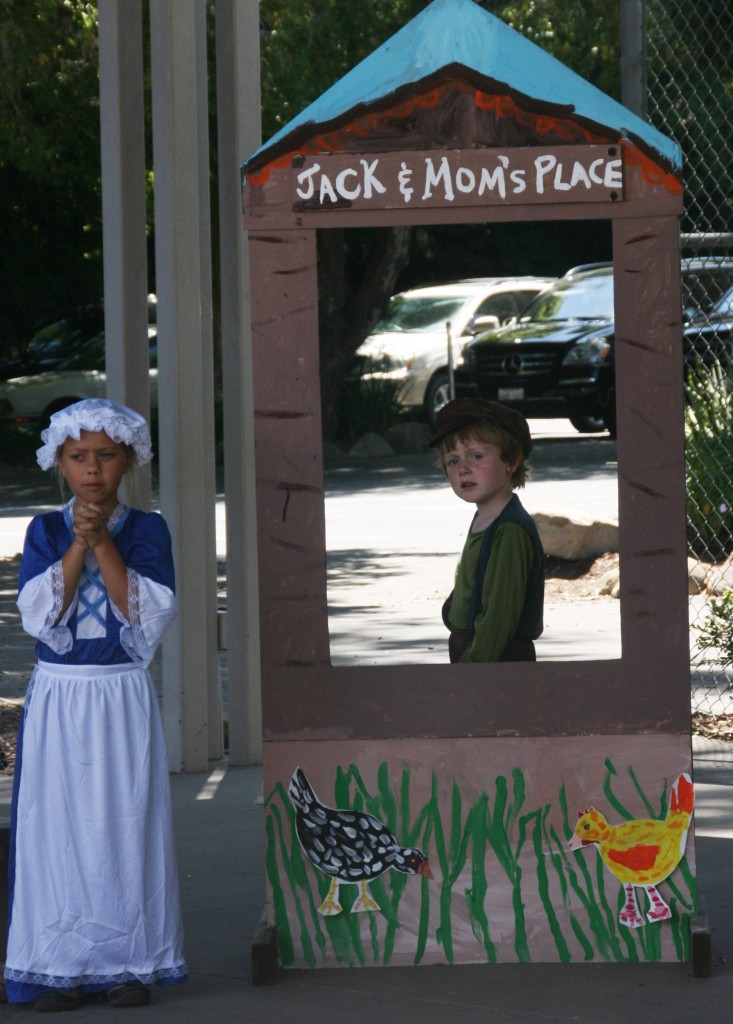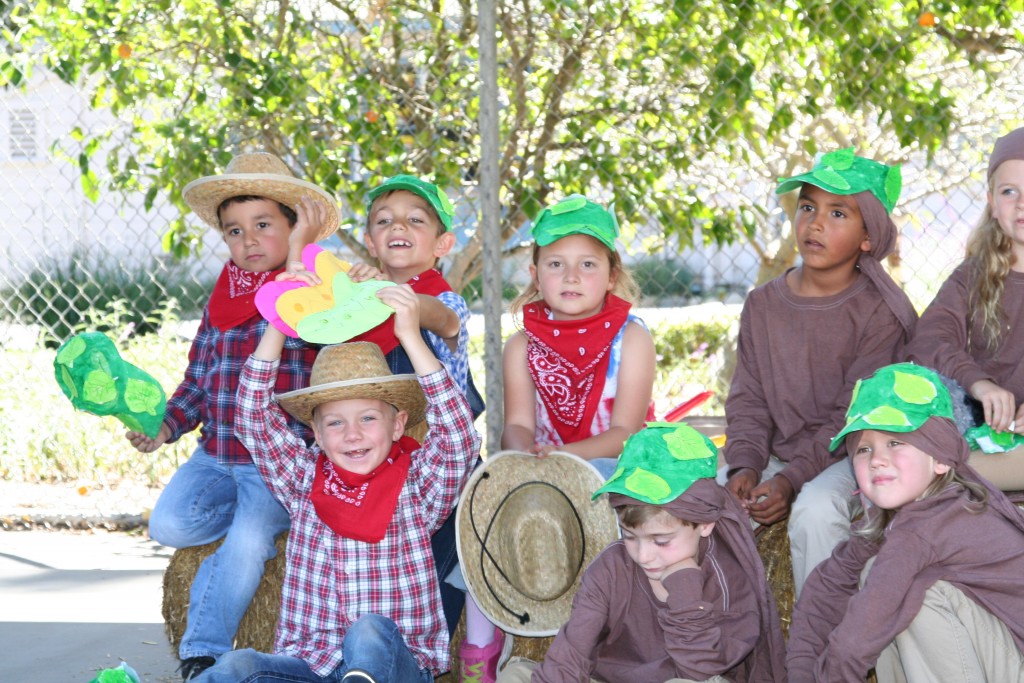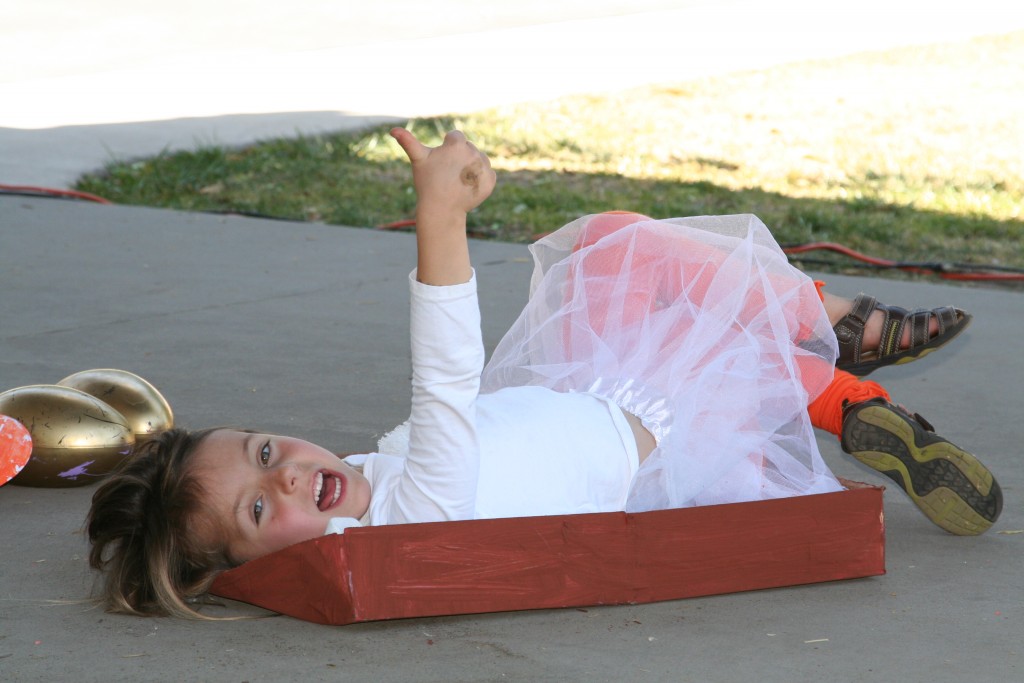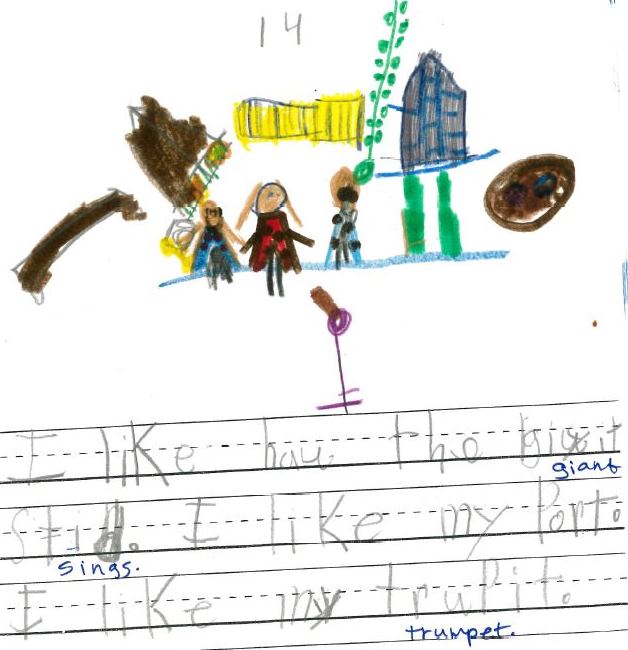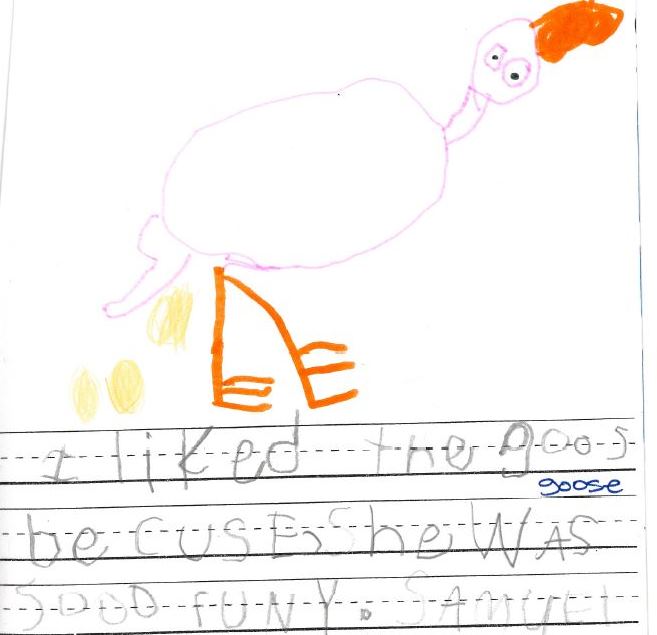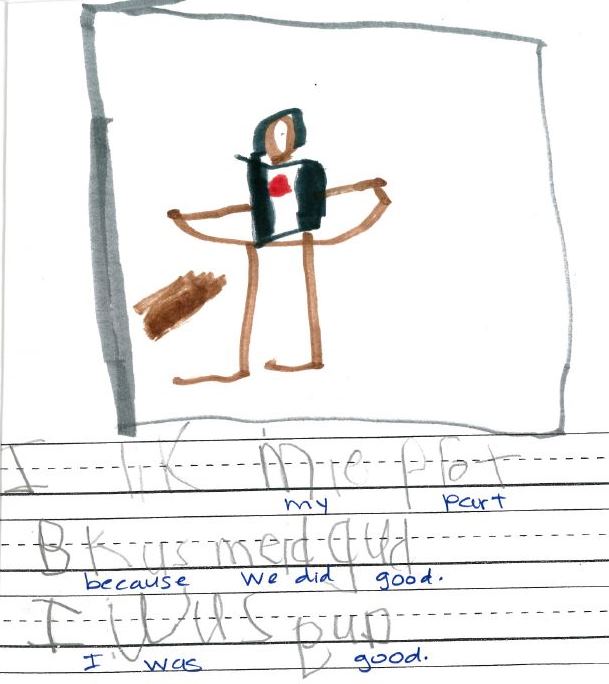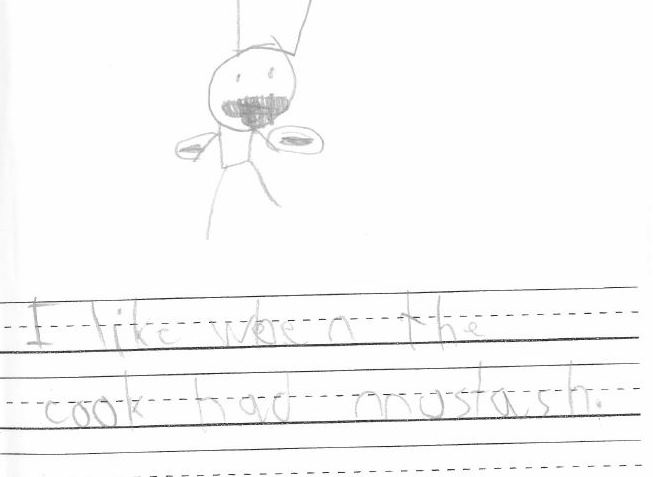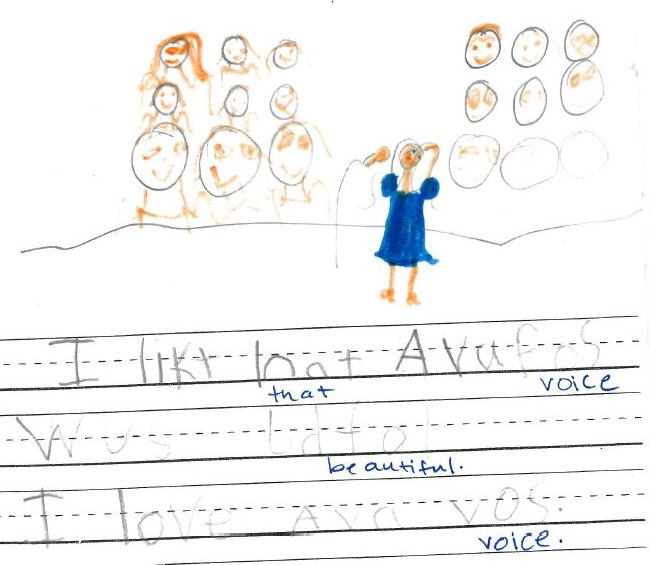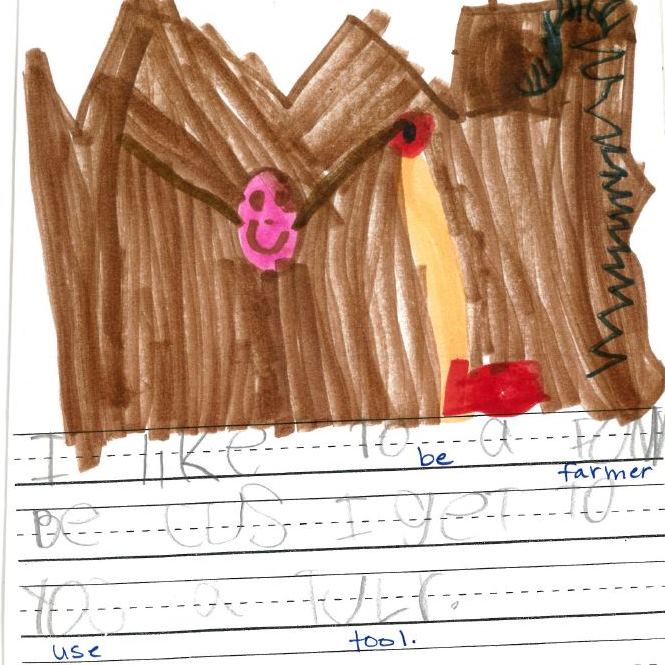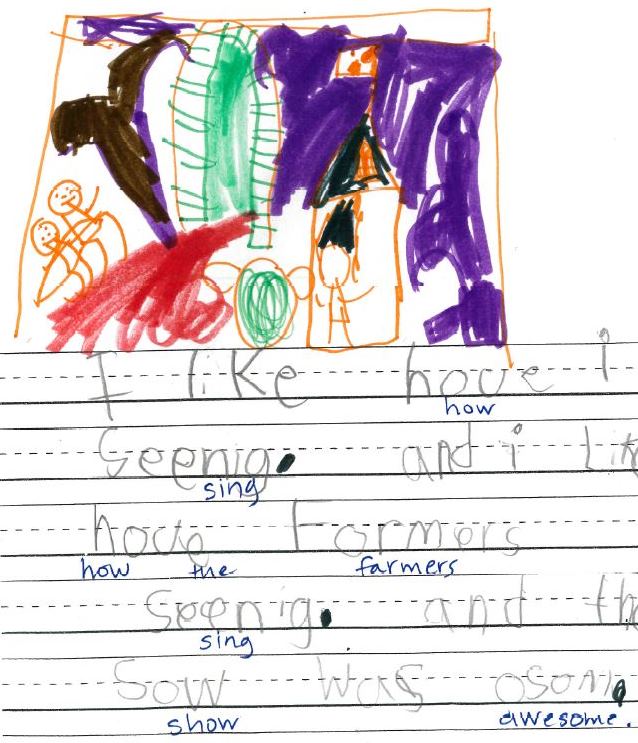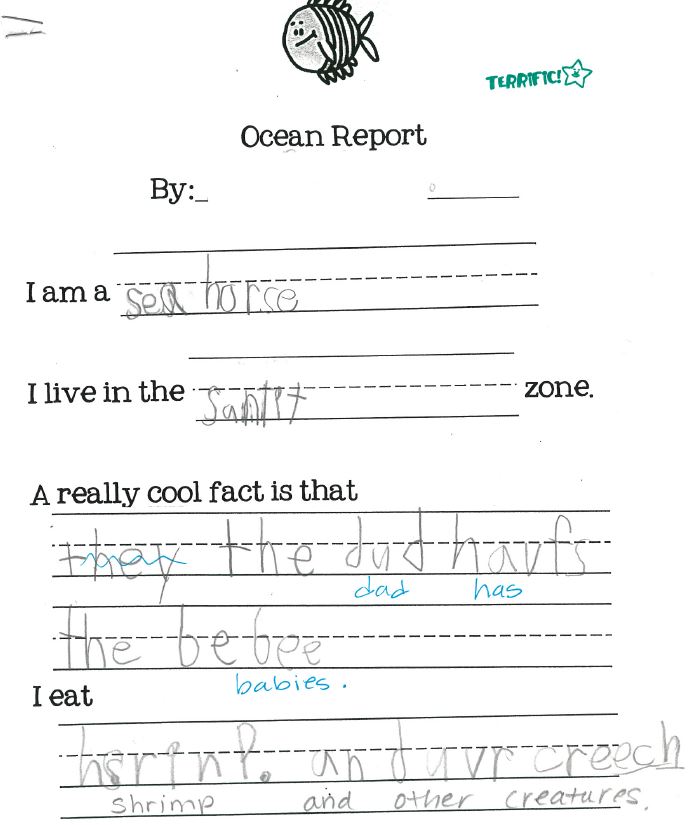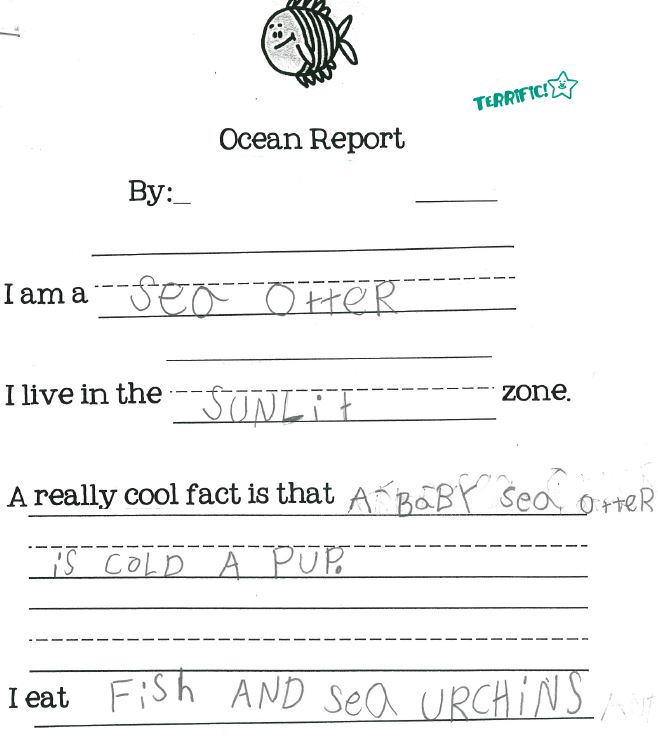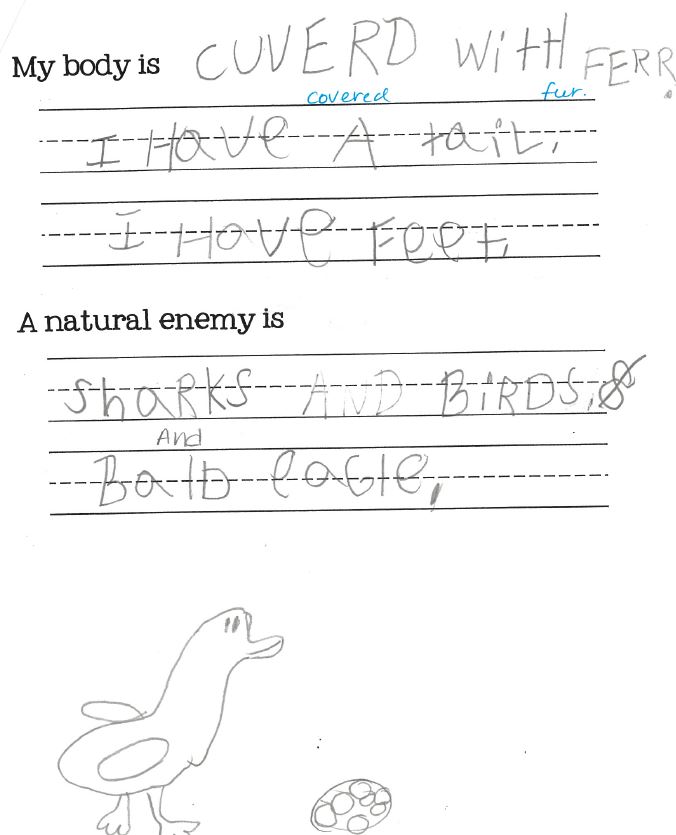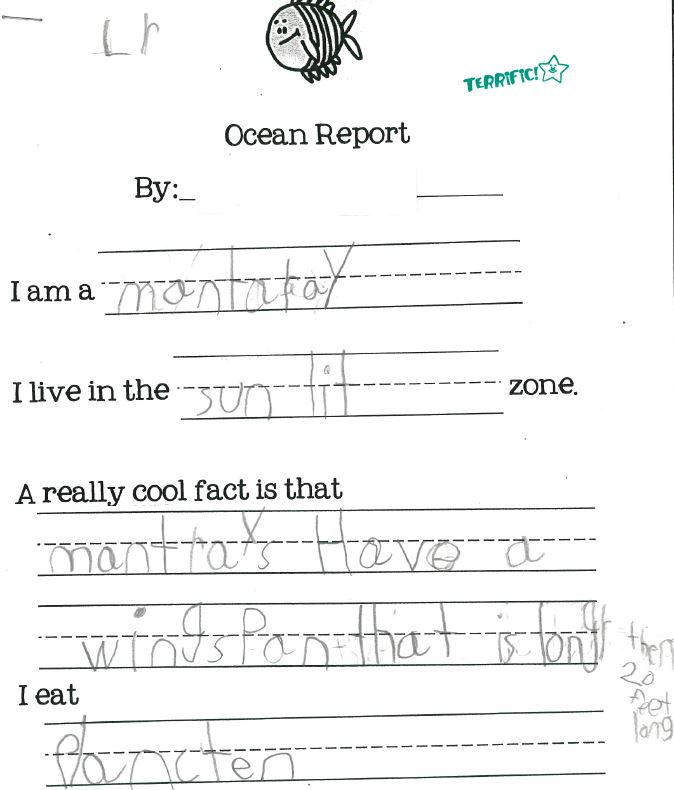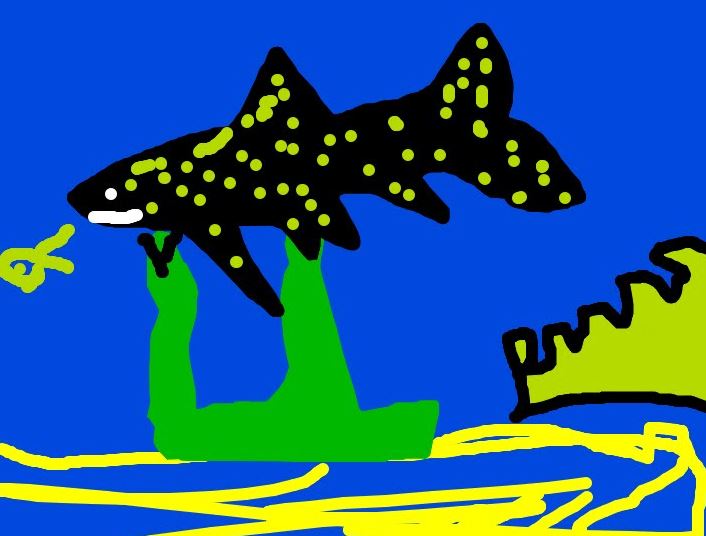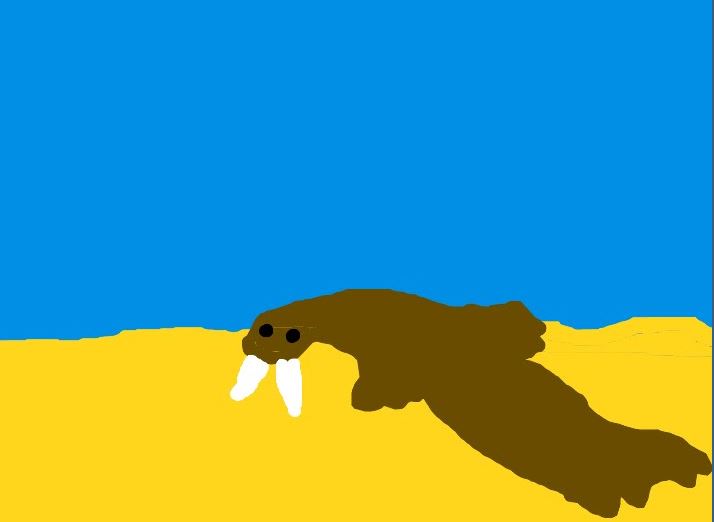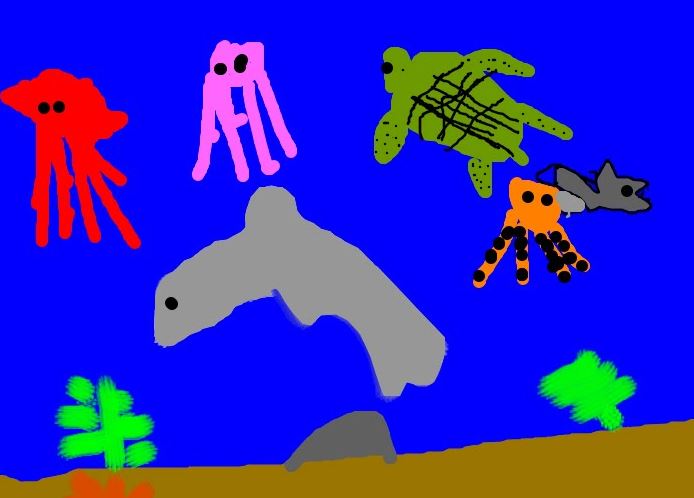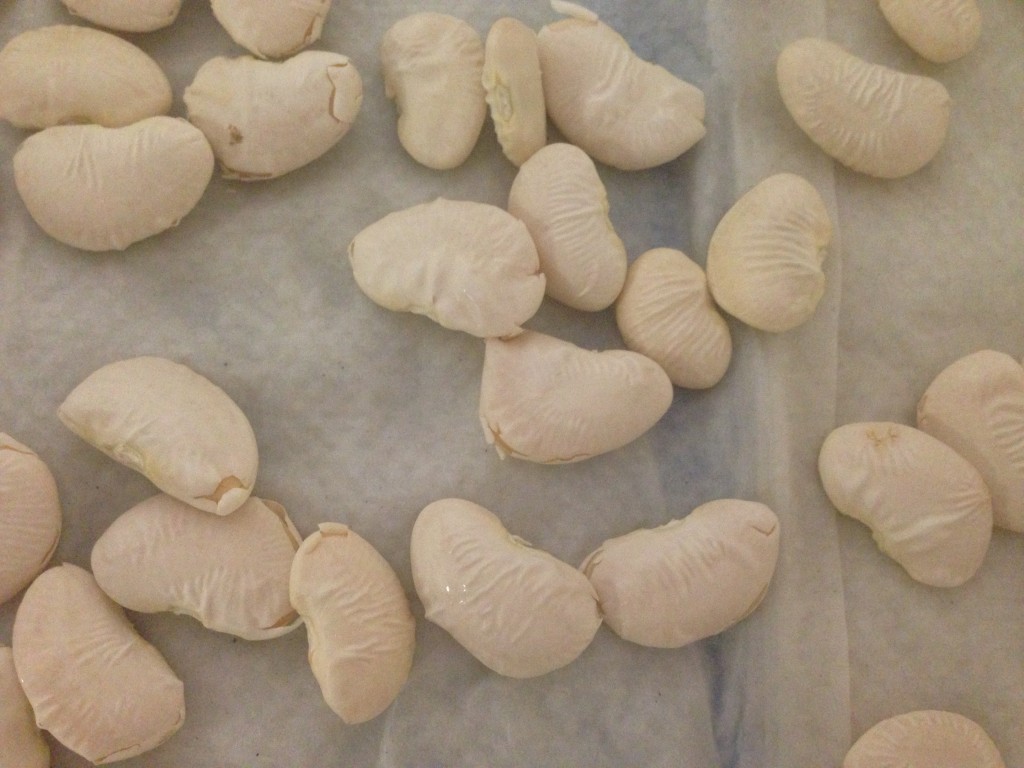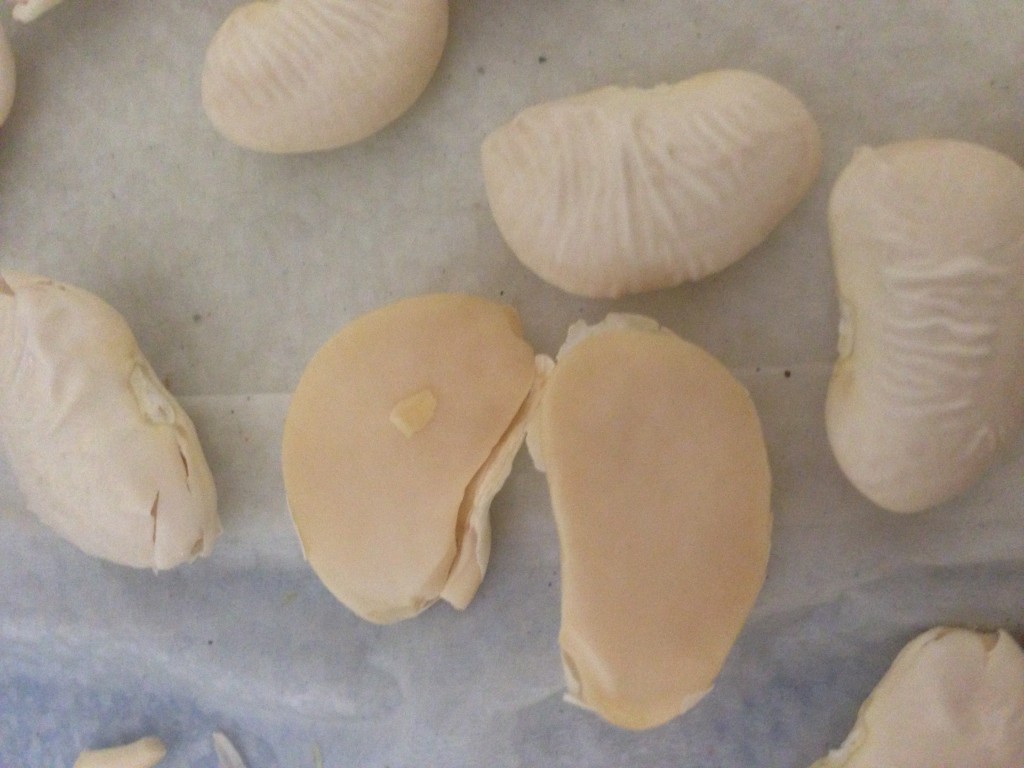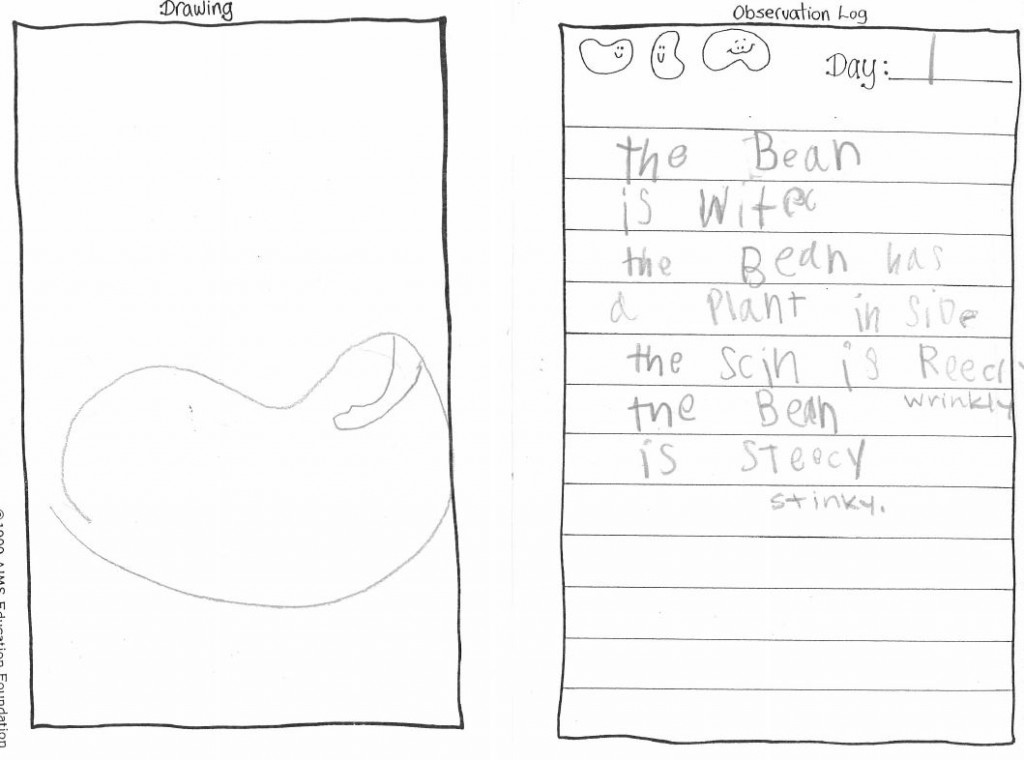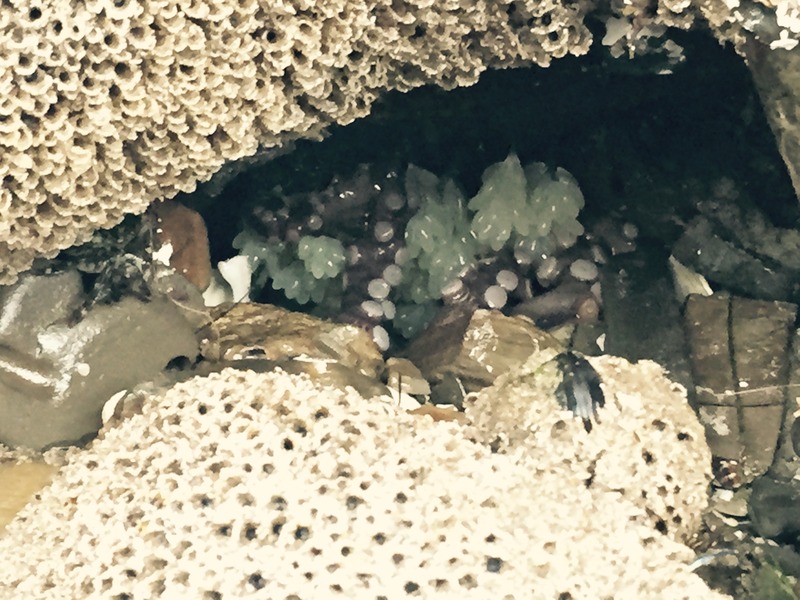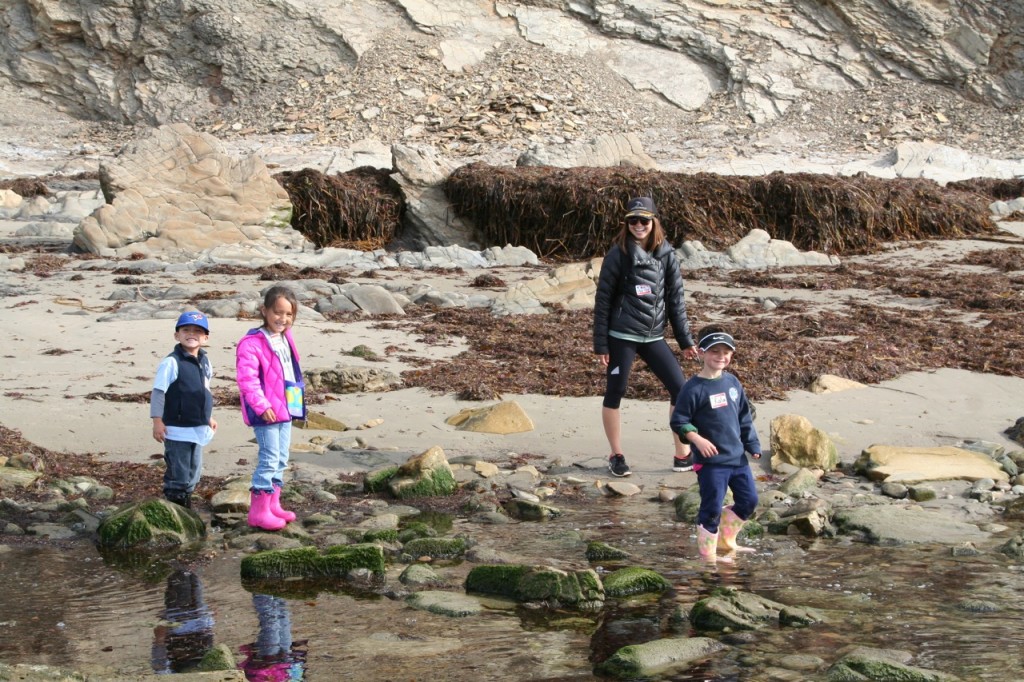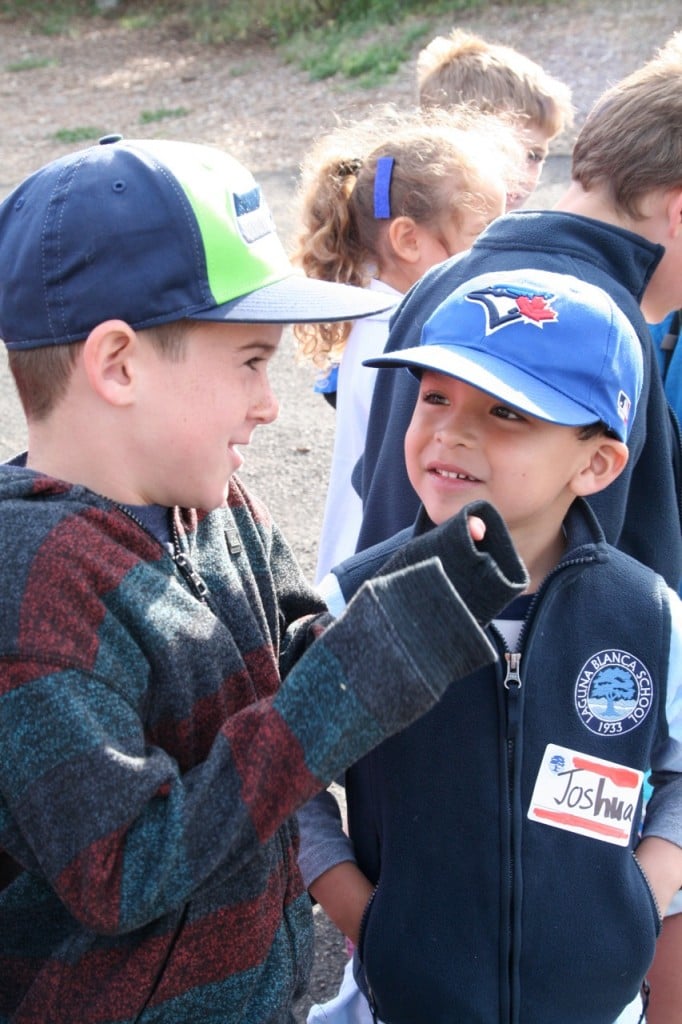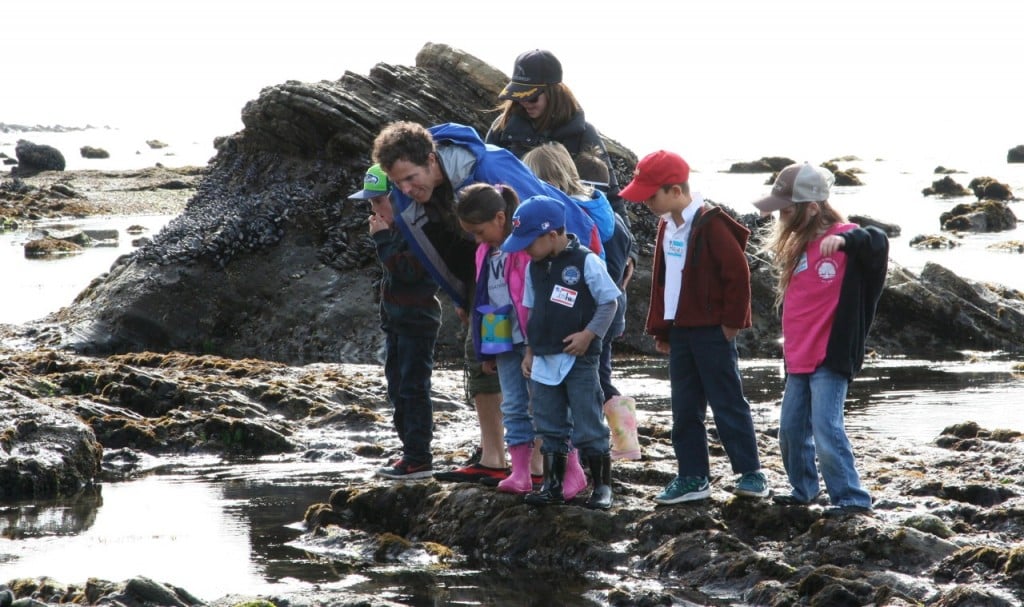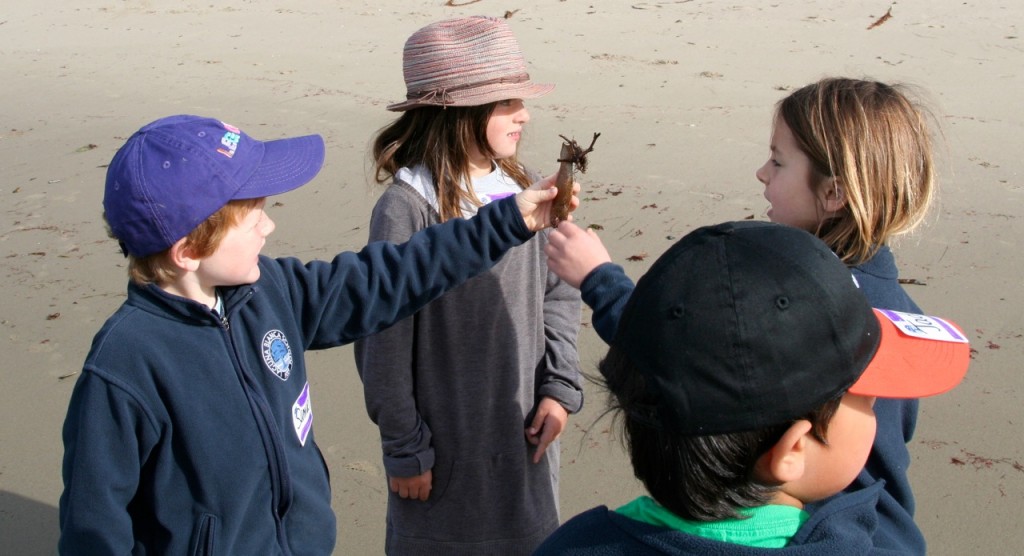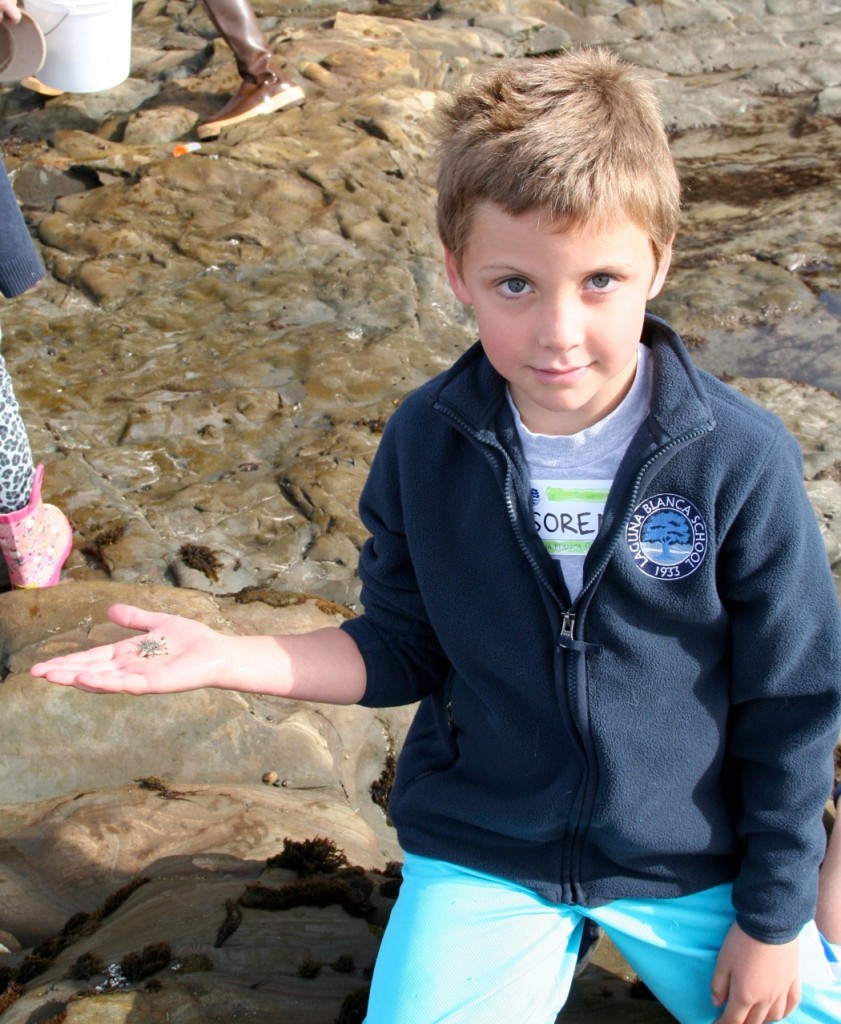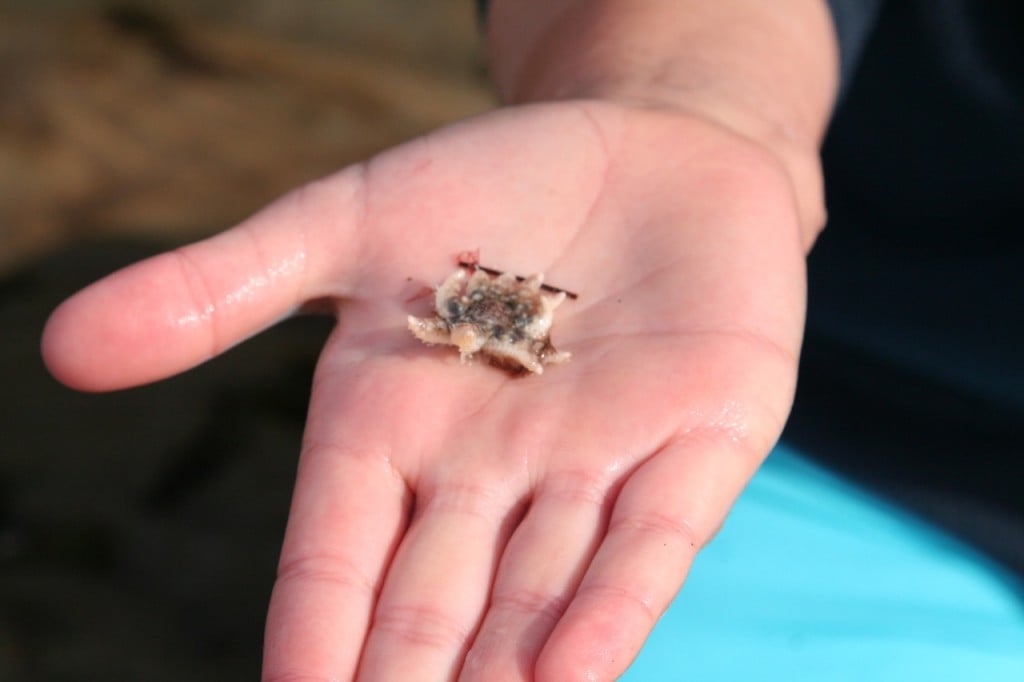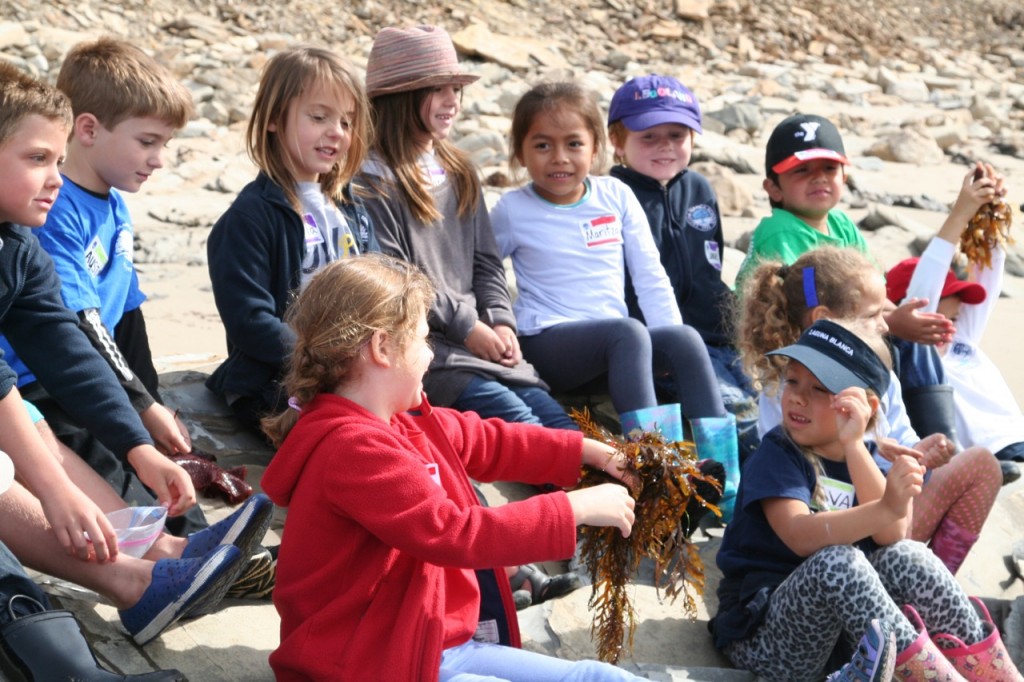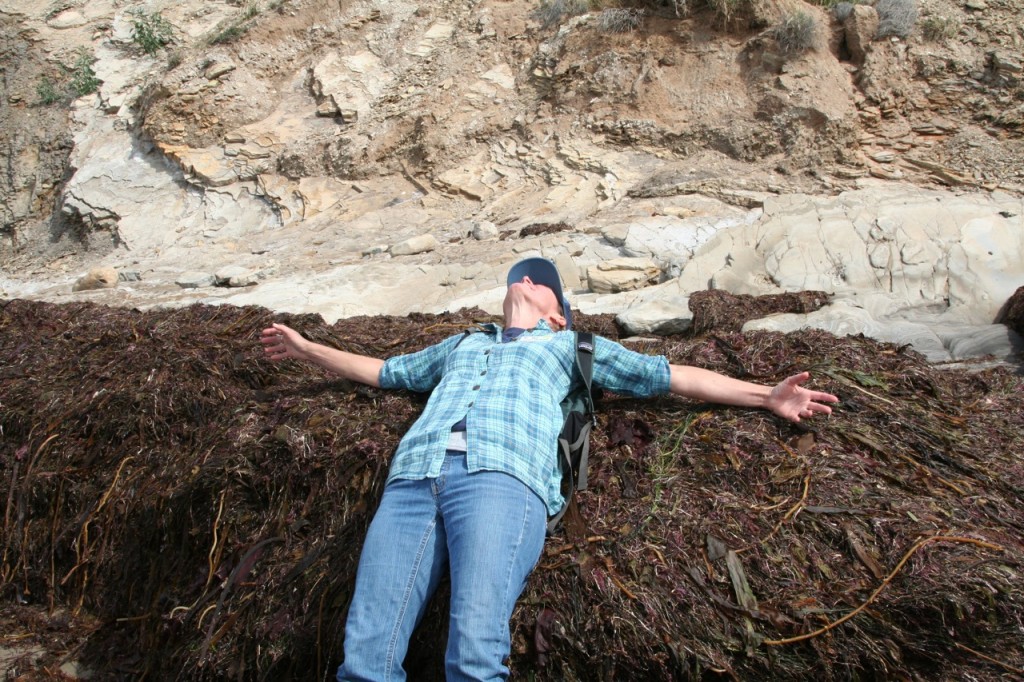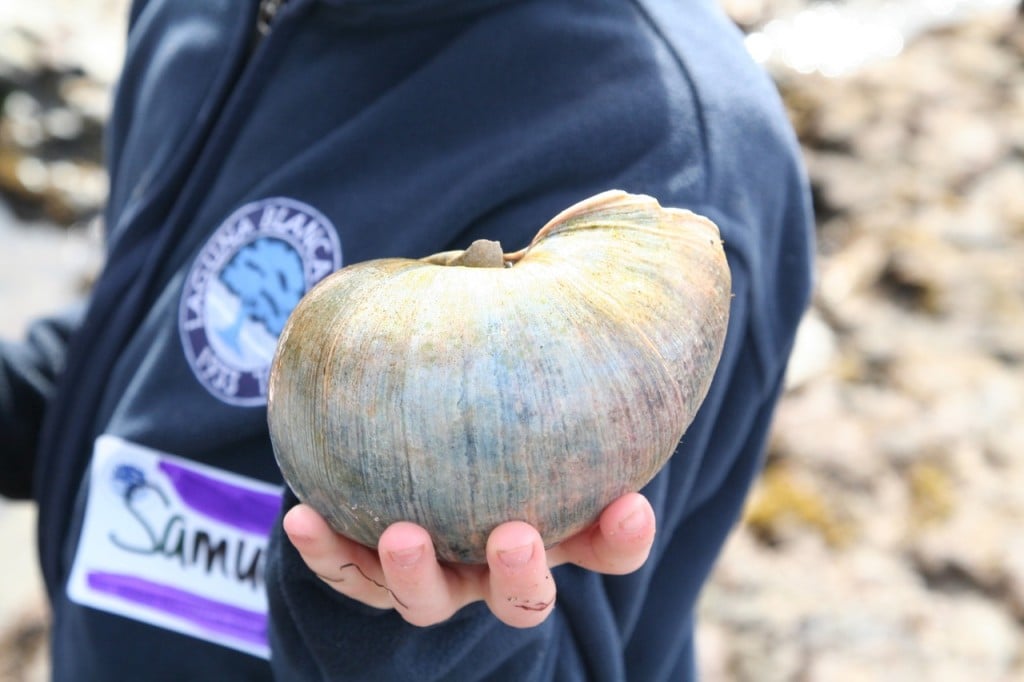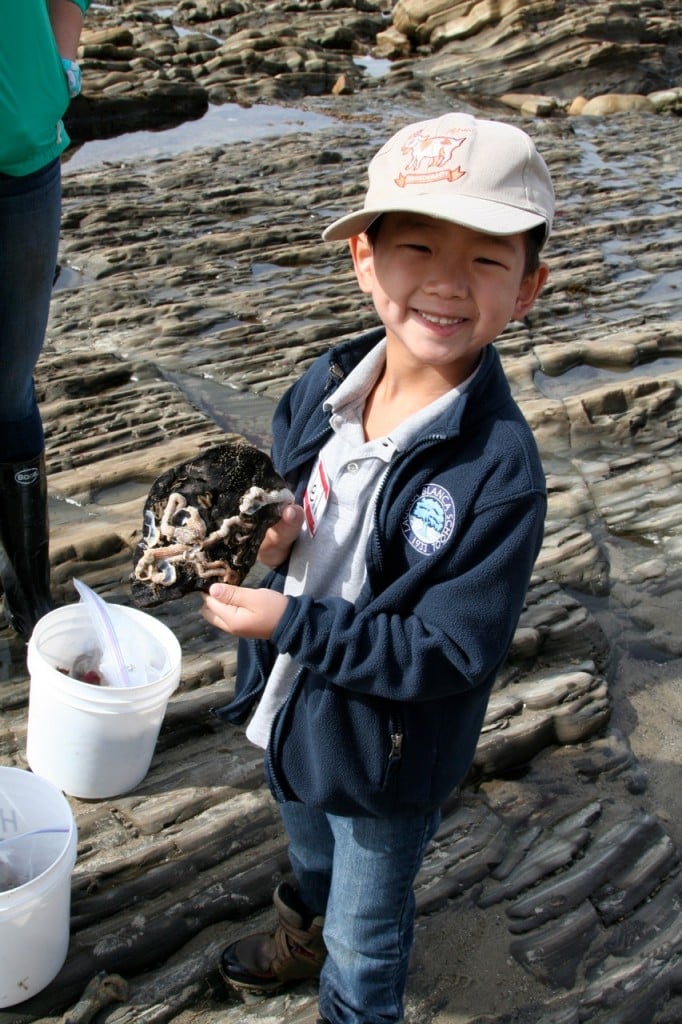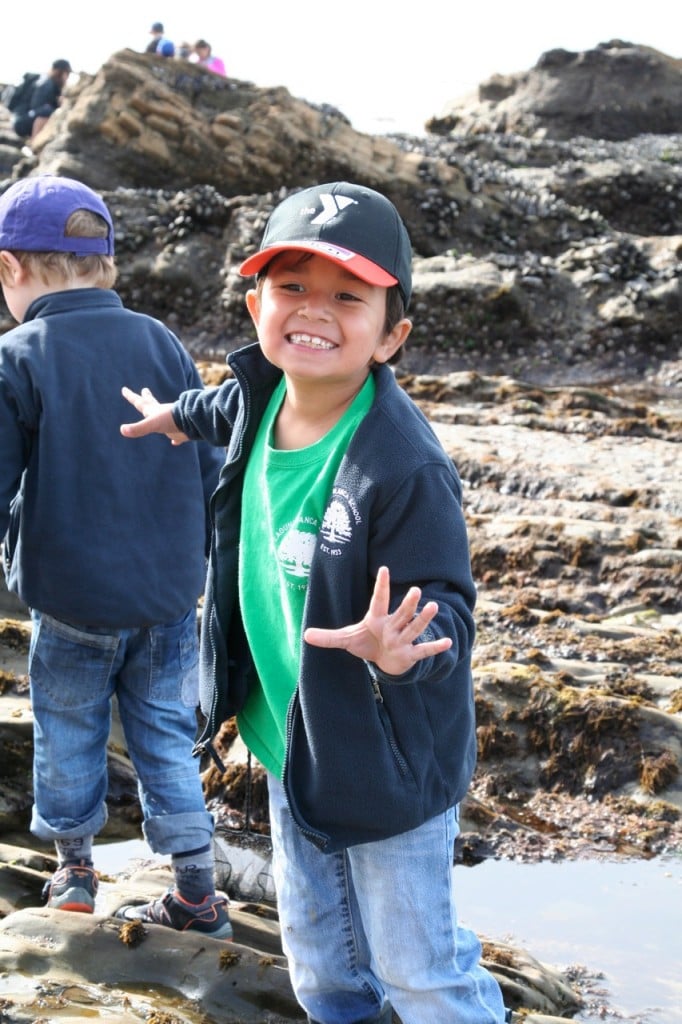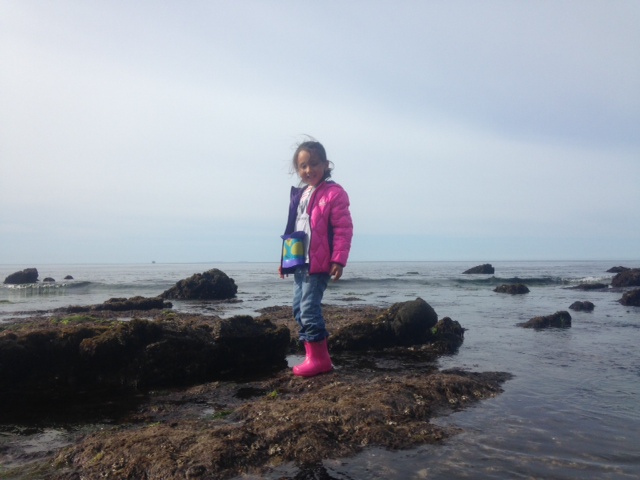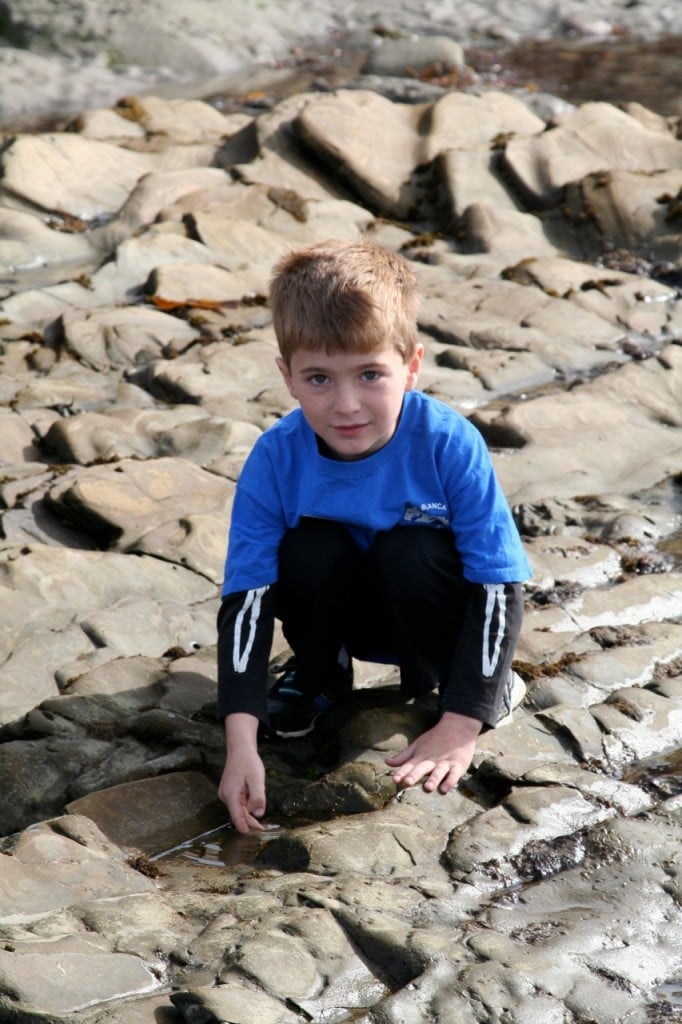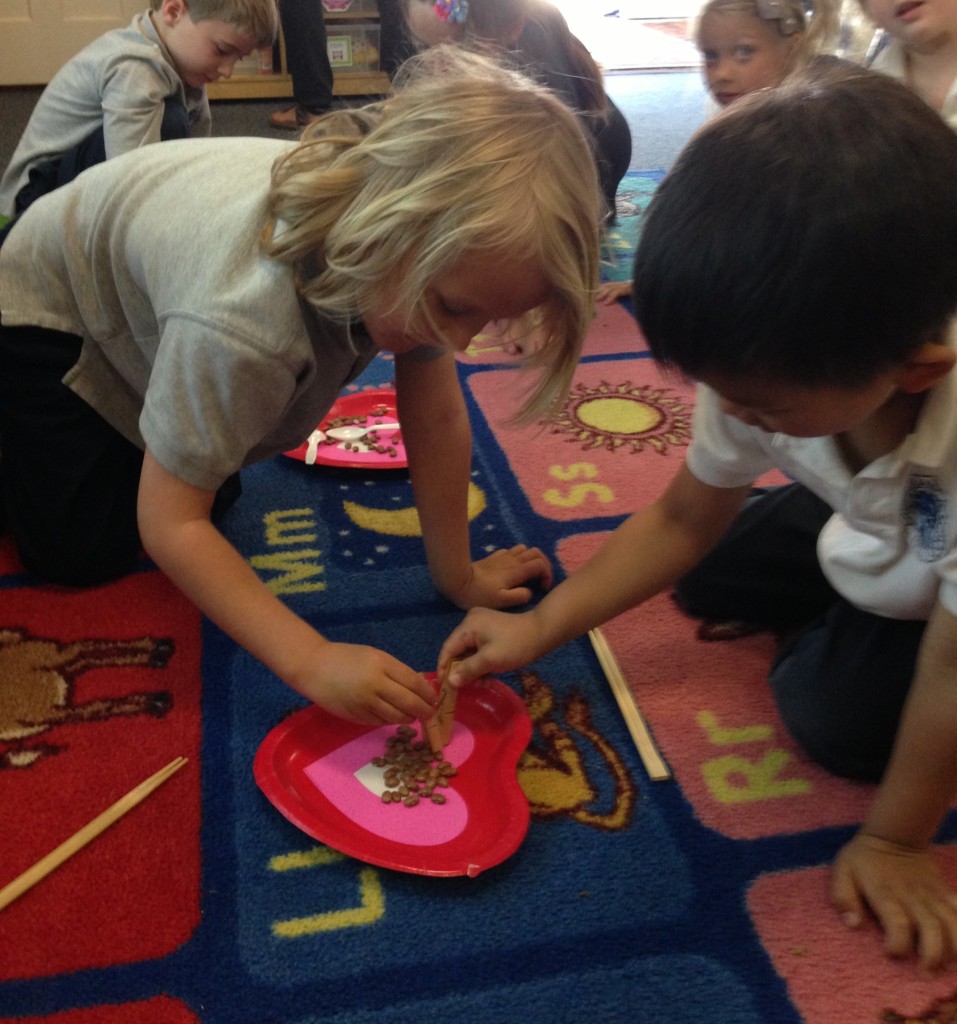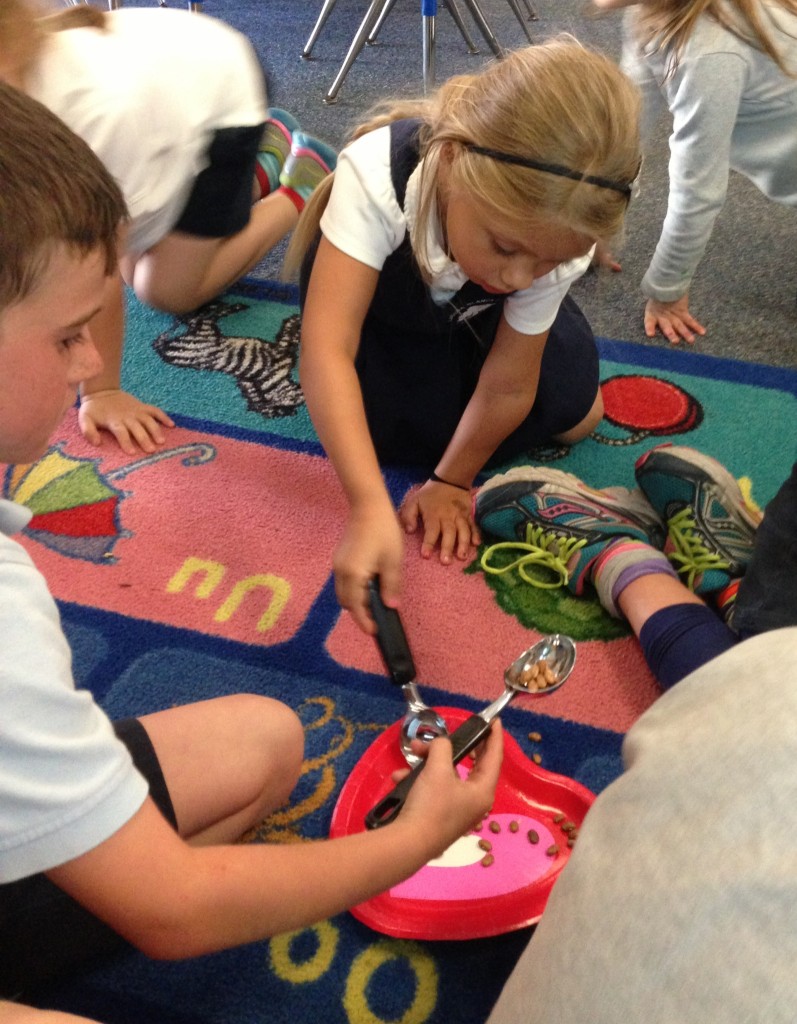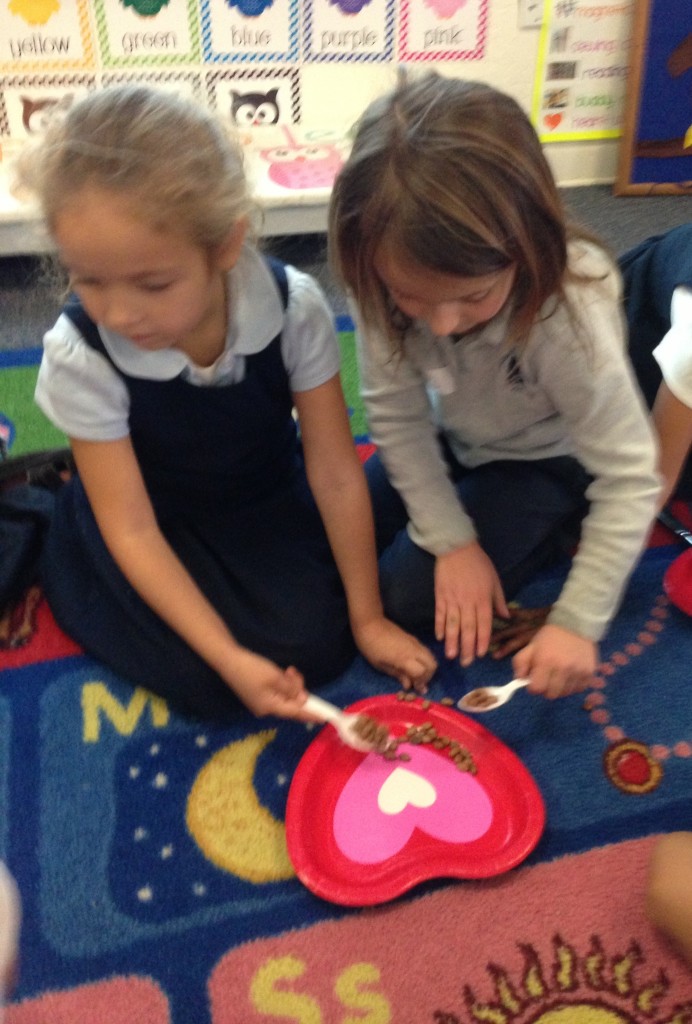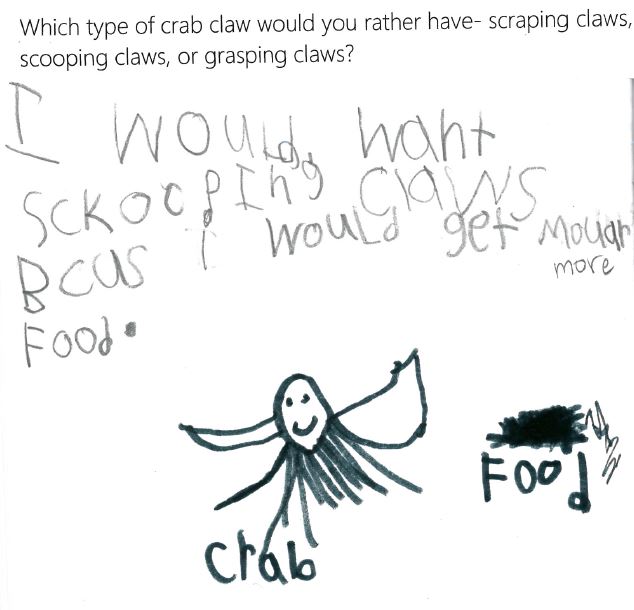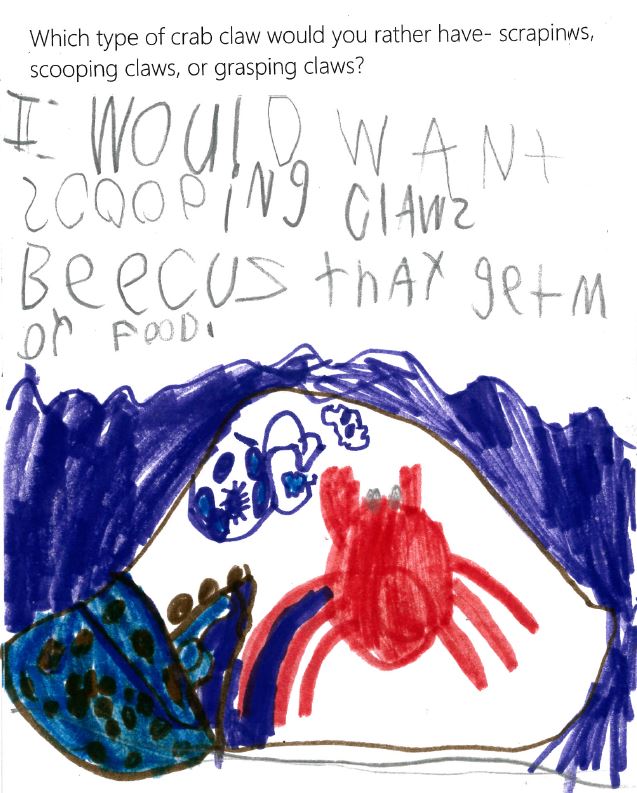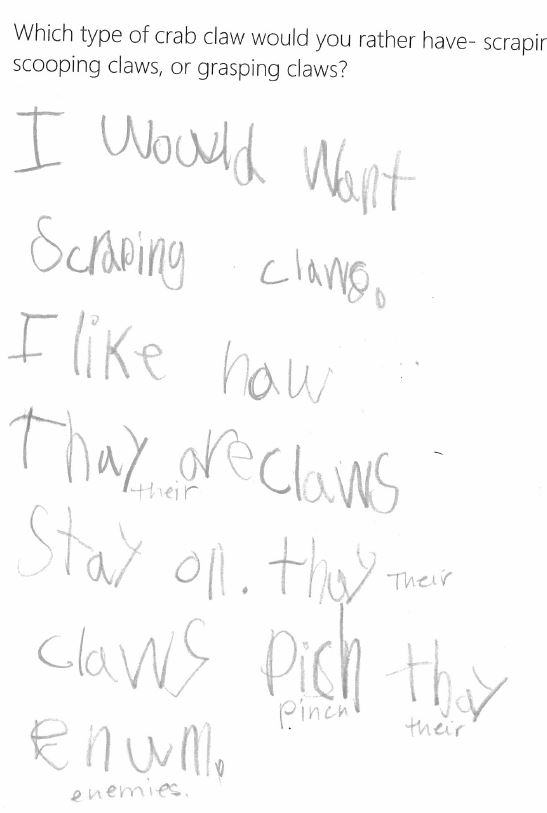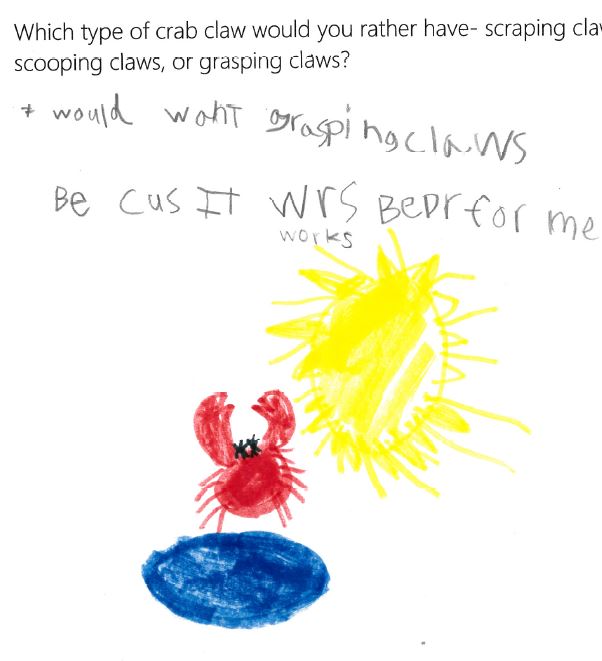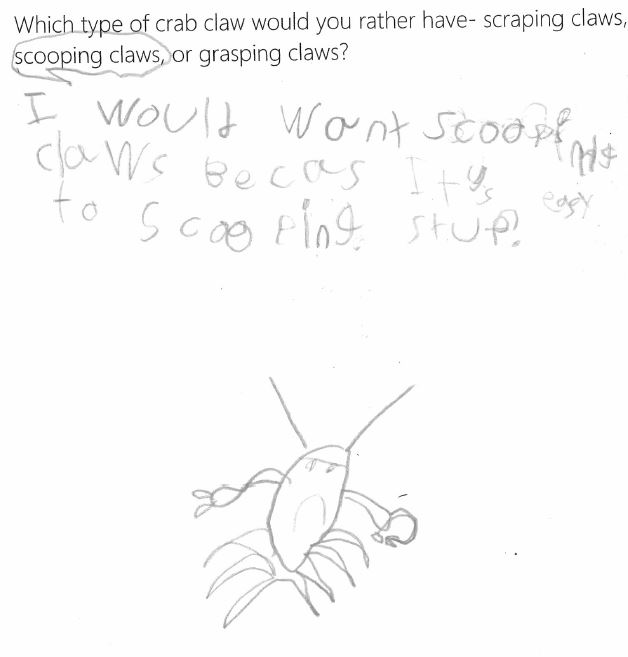One of my final projects when receiving my Master’s Degree back in 2002, was researching the value of musical plays in classrooms. At that time, my students were performing three musical plays annually, so I was witnessing first hand the importance of the collaboration of music and performance in the first grade classroom. Most of the plays I used were from a local company called Bad Wolf Press. They have a large variety of content area and age groups covered in the musicals they have created. The creator, Ron Fink, even came to my previous school to watch one of our performances! Here is a link to his website.
http://www.badwolfpress.com/about-bad-wolf-press
Why musical plays? The plays encourage students to work together as part of a team, and they foster a large growth in self confidence. Students practice reading the script, and we analyze the different parts of the story, identifying the characters, setting, plot, and other literacy devices. Students participate in the costume making process and set design, bringing in art. The music part of the play helps students practice rhythm, singing in pitch, and pairing movements to the music. In a nutshell, musical plays enable students an engaging opportunity for a unit of study that encompasses many areas of learning.
Once I arrived at Laguna, I joined forces with the art and music specialists to present one musical play each year. Thus far, five kindergarten classes have performed five different musical plays, including Gingy the Gingerbread Girl, which I created, using a variety of songs I found online.You can see some clips from that performance here.
https://mdelwiche.edublogs.org/2014/01/30/the-gingerbread-cookie/
This year we will once again perform a musical play. Our choice is Jack and the Beanstalk**, and I am excited to collaborate with Ms. Atkinson and her first grade class. We have been casually listening to the songs during Morning Work and Choice Time since the beginning of March. It is amazing how quickly the students learn the lyrics and melodies when just listening while working. I began to formally introduce the lyrics to the songs last week, and yesterday we had our first combined rehearsal. We divided the students into the groups according to their roles and did a run through of the entire play. I was thrilled with how well the students worked together to remember the words to the songs. Their enthusiasm was contagious and pride beamed from their faces.
We also started making some of the costume pieces and props. Most students will be a part of the beanstalk, so they each painted a hat green. Next week, we will sponge paint leaves that we will add to the hat’s bills.
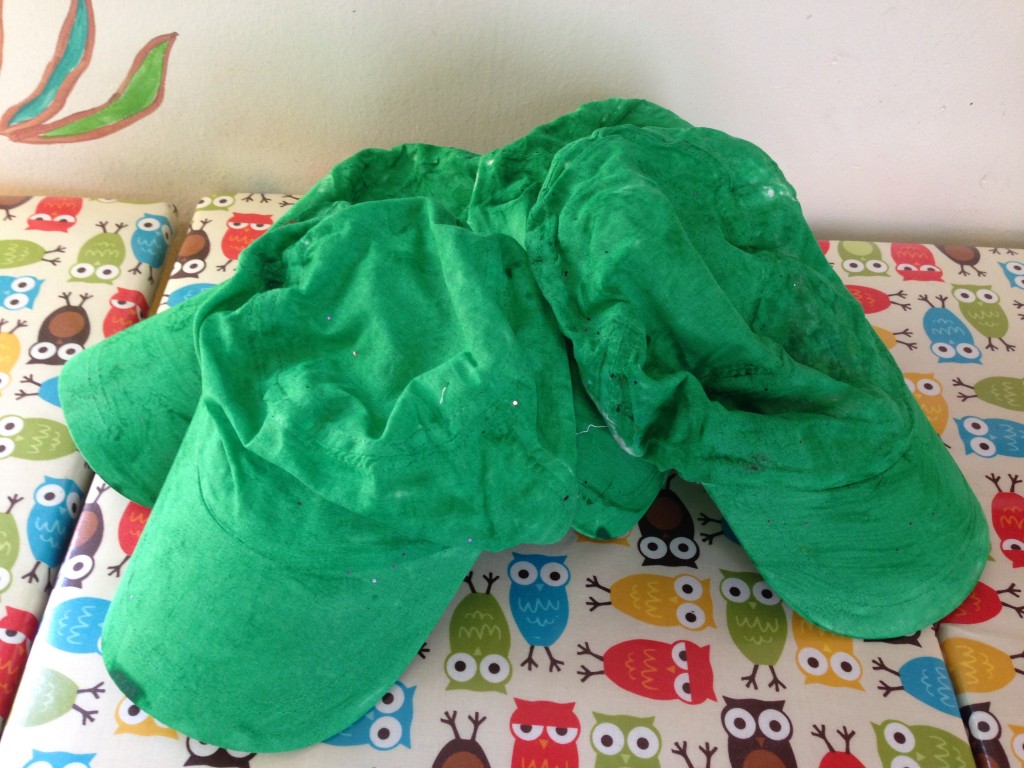
Some groups of characters will also be dying parts of their costumes, and others will wear a combination of items from home and ones that I have purchased. We even have special, home-made capes for our Royal Announcers!
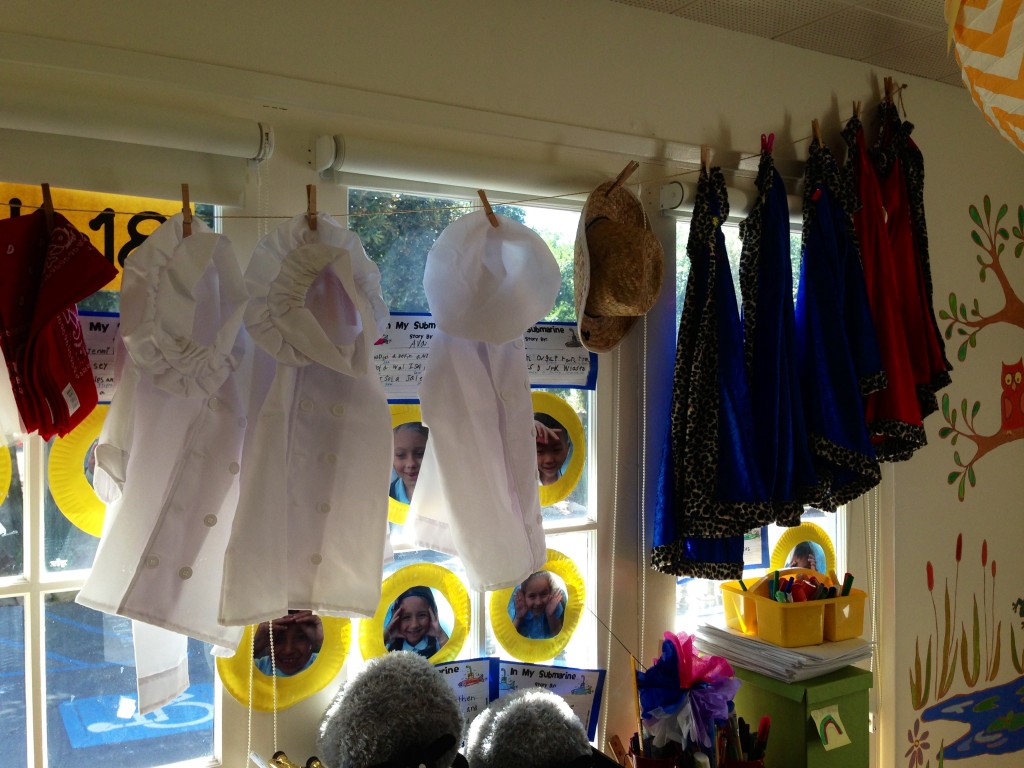
Beginning next week, our rehearsals will take place under the Pavilion. Spots for the actors will be blocked, and we will work on projecting the lines and songs. Movements to the songs will be synchronized,and props will be organized. The grand performances will be Tuesday, April 28 at 8:30 for the student community, and 2:00 for the parents community. Come one, come all!
** Jack and the Beanstalk was chosen to help support our Plant Unit, which we will begin next week, as well as our Fairy Tale Unit, which will begin in May.
